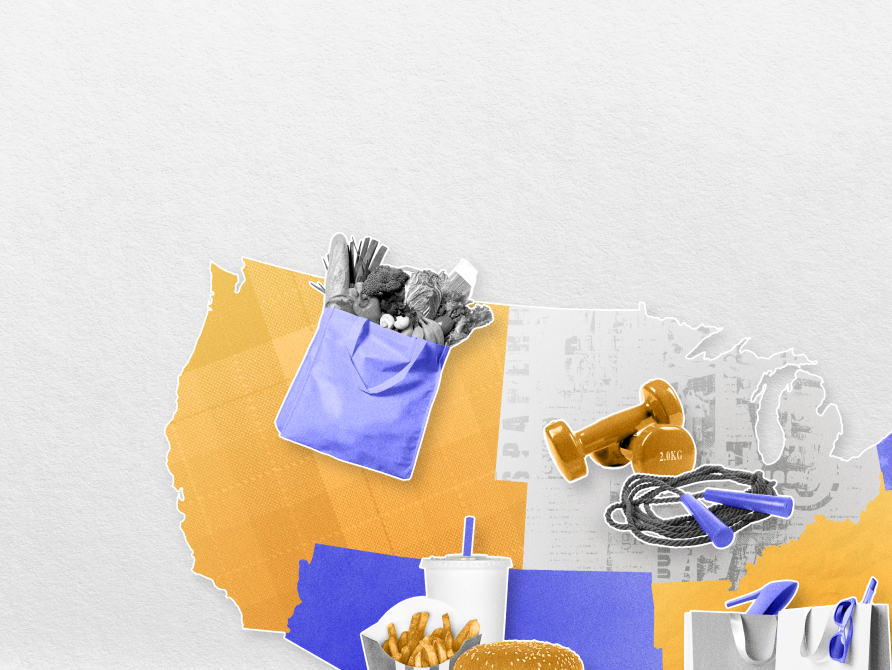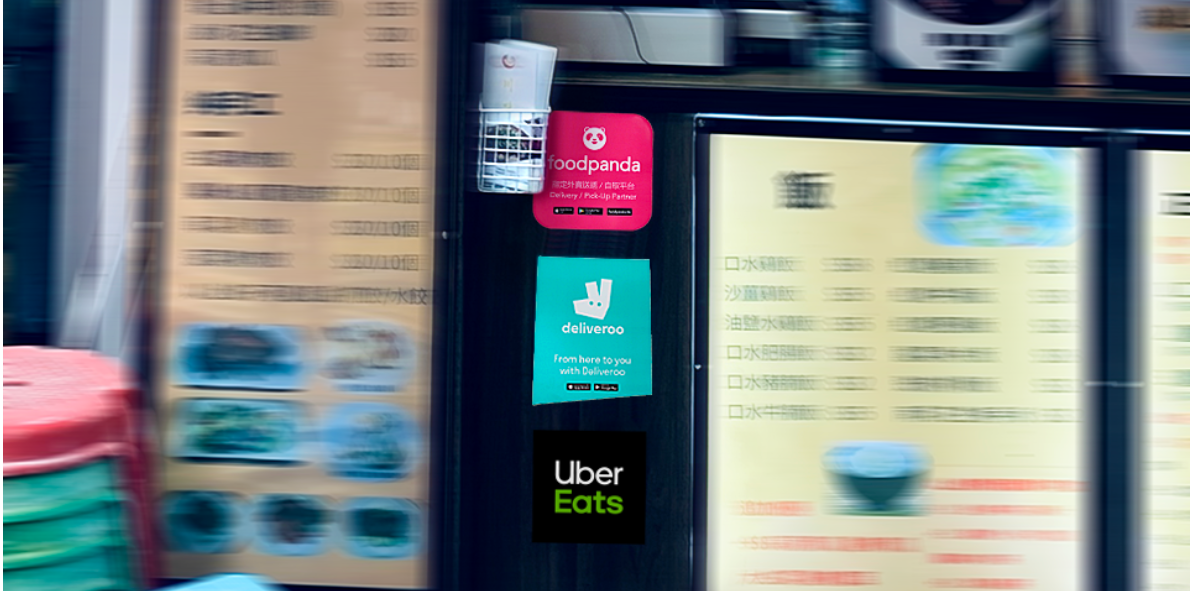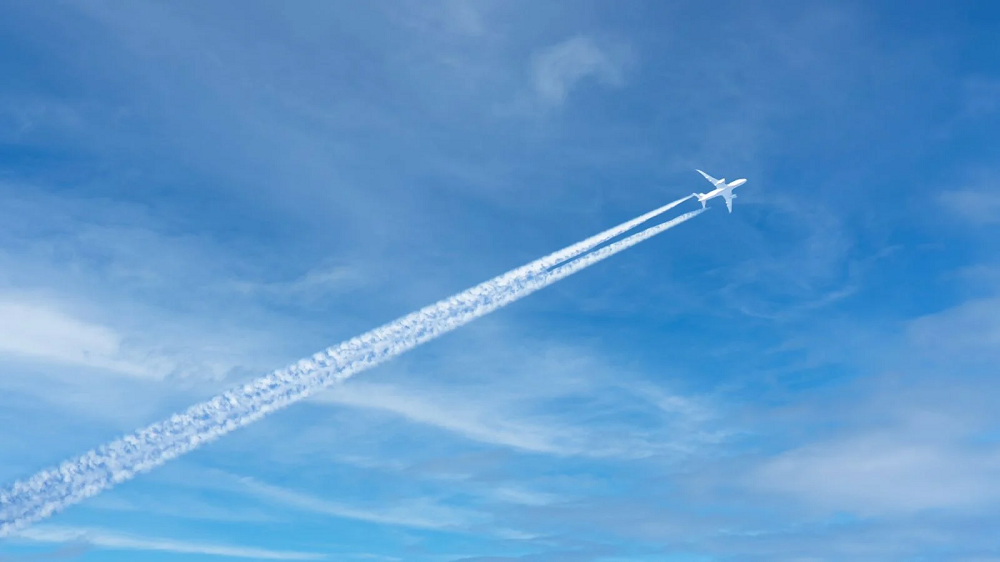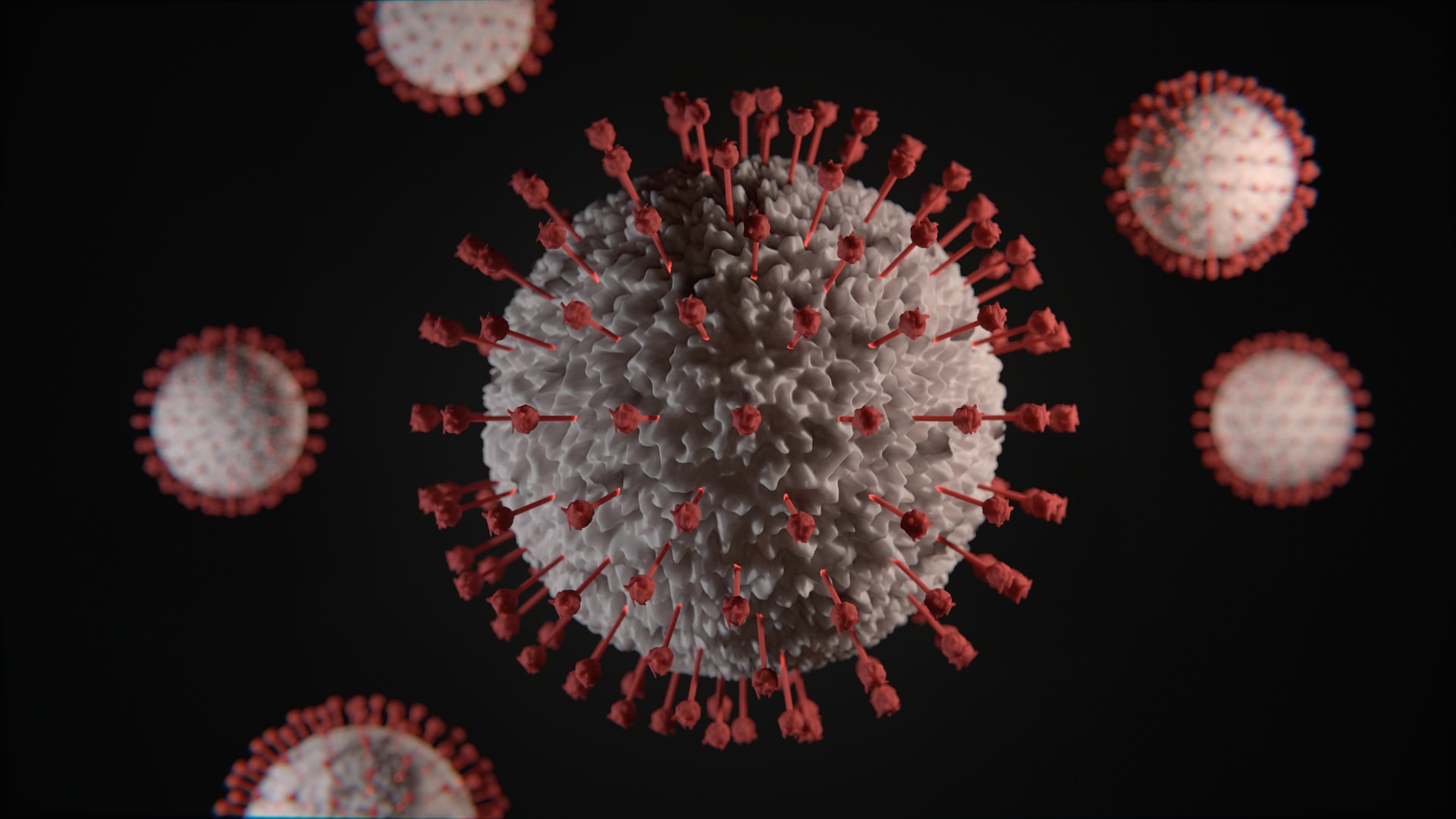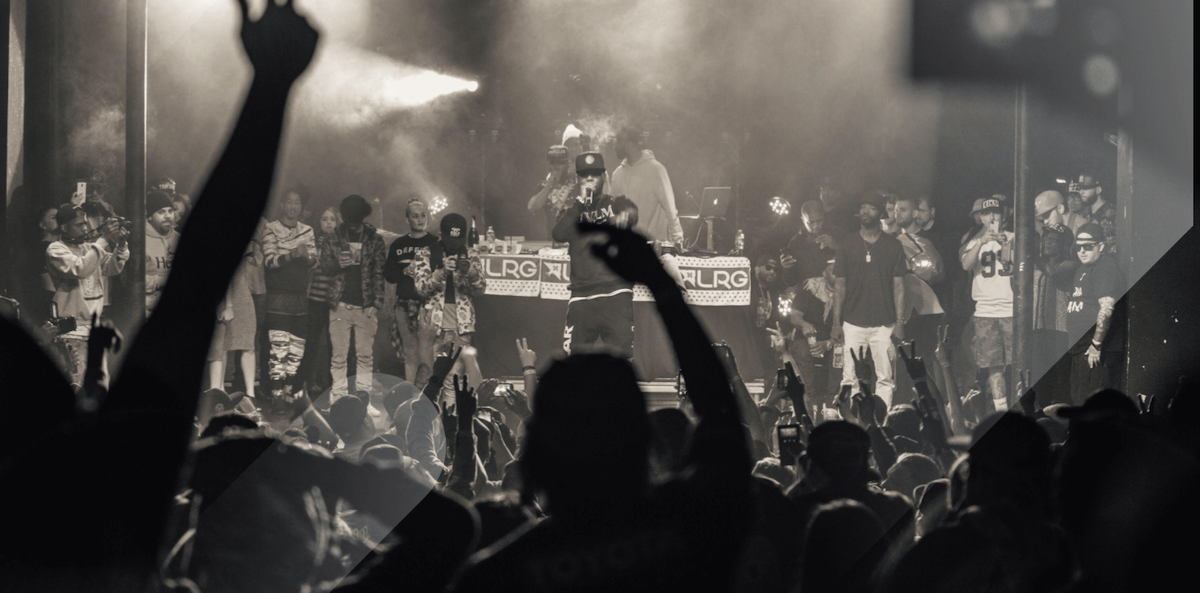The unprecedented heat wave moving across the Pacific Northwest demonstrates the harsh realities of our changing climate. Record high temperatures across the region have killed hundreds as resources to stay cool run low, and cities encourage residents to save as much energy as possible. In Oregon alone, the health authorities have reported 633 heat-related trips to the emergency department and 63 people have died in the state. Intense drought across the afflicted regions has only heightened the extremity of these triple degree days.
Despite growing concern over the spreading Delta variant, national vaccination rates are largely stalling, leading to increased cases in several parts of the country. Primarily concentrated in unvaccinated areas, daily average cases increased 39% over two weeks ago, topping 16,000. Experts, including the CDC, estimate the Delta variant is responsible for 50% of all new cases. Six states are bearing the brunt of the new outbreaks. HealthWeather shows that Nevada, Wyoming, Missouri and Arkansas all remain at elevated risk, with Florida and Louisiana rising to moderate risk.
Warning signs began to flash this week as national declines in COVID cases slowed, and many states saw cases increase. State with low vaccination rates leading new daily cases Twenty states showed an increase in average daily cases as of July 1. Nevada increased more than 100%, while most others were in the 20-30% range. All but five of these states were below the national average for fully vaccinated individuals, driving concerns that these outbreaks are centered on unvaccinated communities.
COVID-19 cases are declining, though at a slower pace than a few months ago. The U.S. is recording ≈ 11,000 cases per day, down from January’s peak of more than 260K per day. Deaths are around 300 per day, decreasing from the 3,300 deaths per day we saw in January. Despite experts’ guidance that vaccines are the ticket out of this pandemic, vaccinations nationwide have continued to slide from their peak of about 3.3 million doses administered per day to about 780,000 doses.
Last week felt like a big one in California. Vaccination rates are up, cases have slowed to a trickle, and the state has now fully reopened. Across the US, our initial spike of foot traffic enthusiasm has subdued a bit. All the things we didn’t expect to pop — like grocery, big box, and dollar stores — have subsided to their usual levels. But the Vacillating category — the hotels, casual restaurants, entertainment venues, and bars — hasn’t given up its gains. And in some cases, traffic is still trending upward.
After months of cramped up home workouts, people across the U.S are now looking to get their fitness routines back on track. Our research data suggests that gyms across the country have been seeing increased customer traffic as a result of the recent easing of Covid restrictions and the long-awaited return to normalcy. As of May 2021, foot traffic in nationwide gym chains was back to 51% on average compared to Jan 2020 and 47% back to May 2019 levels, suggesting that gyms overall are halfway through to reach pre-pandemic levels.
While there are many COVID-driven trends that will likely fade as the pandemic does, one that could have a significant long-term impact is the fundamental disruption to migration patterns. Already in the early stages of the recovery it was clear that something had shifted, with far reaching implications to retail, office, and residential real estate. So where do things stand today?
On March 10, 2021, as many other states braced for another wave of the pandemic, Texas took the bold steps of lifting mask mandates and removing other precautionary measures designed to slow the spread of COVID-19. Following the loosening of restrictions, Texas experienced the highest levels in Kinsa’s overall illness signal in more than a year, driven not by COVID, but by other common contagious illnesses like strep, RSV and even some flu, according to diagnostic data.
Just over a year ago, at the beginning of the COVID-19 pandemic, New York City was one of the first and hardest-hit places in the country. Hospitals were quickly overwhelmed and the toll on human life and the economy was devastating. All of that can now change. The U.S.’s most populous city is implementing an important step to get ahead of spreading illness: an effective early warning system for contagious illness.
Doctoral degrees hold the promise of increased earnings, interesting research opportunities, and part/full time teaching positions. Some fields of PhD study have a long and storied history, like Chemistry and Physics, whereas other fields are new and rapidly growing, such as Machine Learning and Computer Science. One question we set out to answer was how PhD fields have changed over time, and if there are general patterns we can identify to predict changes in PhD field growth?
Coronavirus cases in the U.S. were again on the rise last month, stalling the hope that we were nearing the end of the pandemic, despite wider availability of vaccines. While this spring’s bump — aided by fast-spreading variants — was much smaller than the spike in confirmed cases in January, it surpassed the peaks of previous surges last spring and summer.
Coronavirus cases in the U.S. were again on the rise last month, tempering the hope that we were nearing the end of the pandemic, despite wider availability of vaccines. While this spring’s bump — aided by fast-spreading variants — was much smaller than the spike in cases in January, it surpassed the peaks of previous surges in November and July.
After coming to a shrieking halt in 2020, the online event ticketing industry is making an awe-inspiring comeback. Demand is surging as lockdowns, and stay-at-home orders ease in many countries around the world. For a market dominated by a small number of large booking websites focusing on live music events, concerts, and festivals, the transition to virtual was virtually not an option for fans and event-goers.
With social distancing guidance easing, many couples are taking advantage and throwing wedding celebrations that they had deferred last year. In today’s Insight Flash, we examine how wedding industry dynamics have changed since 2019, including which brands are benefitting the most from resurging nuptials, how wedding sizes are changing, and how these changes are different by geography.
The oldest continuously held major sporting event in the United States, the Kentucky Derby had enjoyed steady growth from 2016 to 2019, but in 2020… well, we all know what happened last year. As the world opens up, it’s interesting – not just for Churchill Downs, but to understand the sentiment of all Americans – to see how the attendance at the Derby is shaping up this year.
Illness metrics across the country trended downwards, while a few states saw increases in COVID-19 cases. The worst-hit areas at the beginning of the month, like New Jersey and the Upper Midwest, seemed to be on the mend. The rate of vaccination declined, continuing a trend from last week as US health officials “unpaused” the J&J vaccine. New York City also announced plans to reopen this summer fully. Finally, the CDC issued new guidelines for vaccinated individuals.
Amid the recent warm weather, roadmap announcements and continuing restrictions, park usage has increased significantly during February. Building on our recent coverage of this trend, new data from Huq Industries reveals that the driving force behind park visits are those in their 30s, out-stripping those in their 40s by 15pts and those in their 20s by 20pts.
Admittedly, we have high hopes for the gym sector and for Planet Fitness specifically. But there are reasons for the excitement and January data shows both why we are particularly optimistic, and why that optimism may be difficult to see upon initial glance. Looking at Planet Fitness monthly visits year over year paints a very clear, if not expected, picture. The brand kicked off 2020 with huge amounts of visit growth before quickly and obviously succumbing to the damaging effects of COVID.
January was encouraging for the restaurant industry. With same-store sales growth of -4.9% and traffic growth of -12.2%, it was the best performance for restaurants since the beginning of the pandemic almost a year ago. This is good news for an industry that struggled the last two months of 2020, as sales and traffic growth worsened compared to the COVID-era peak achieved in October. Likely contributing to some of the consumer pent up demand for restaurant spending was a combination stimulus check distribution, a sense of optimism from turning the page on 2020 and the increased prospect of additional government aid soon.
It seems that not even a global pandemic can keep people off dating apps – as female-marketed Bumble lands an $8B valuation in its IPO. In the last four years Bumble has grown from low single digits to capture 13% of the dating market by sales, while eharmony, Zoosk, and other* smaller services saw their shares decline.











